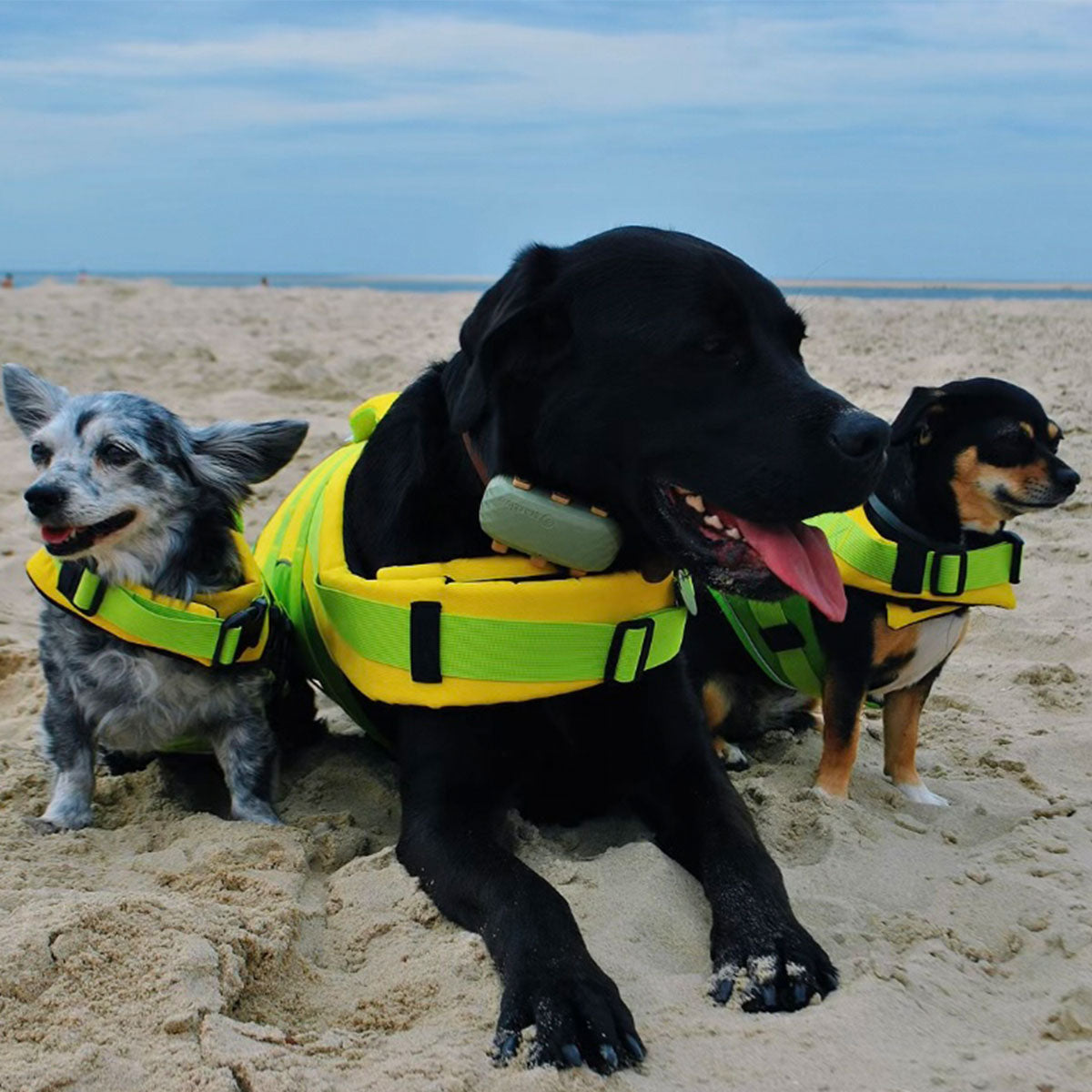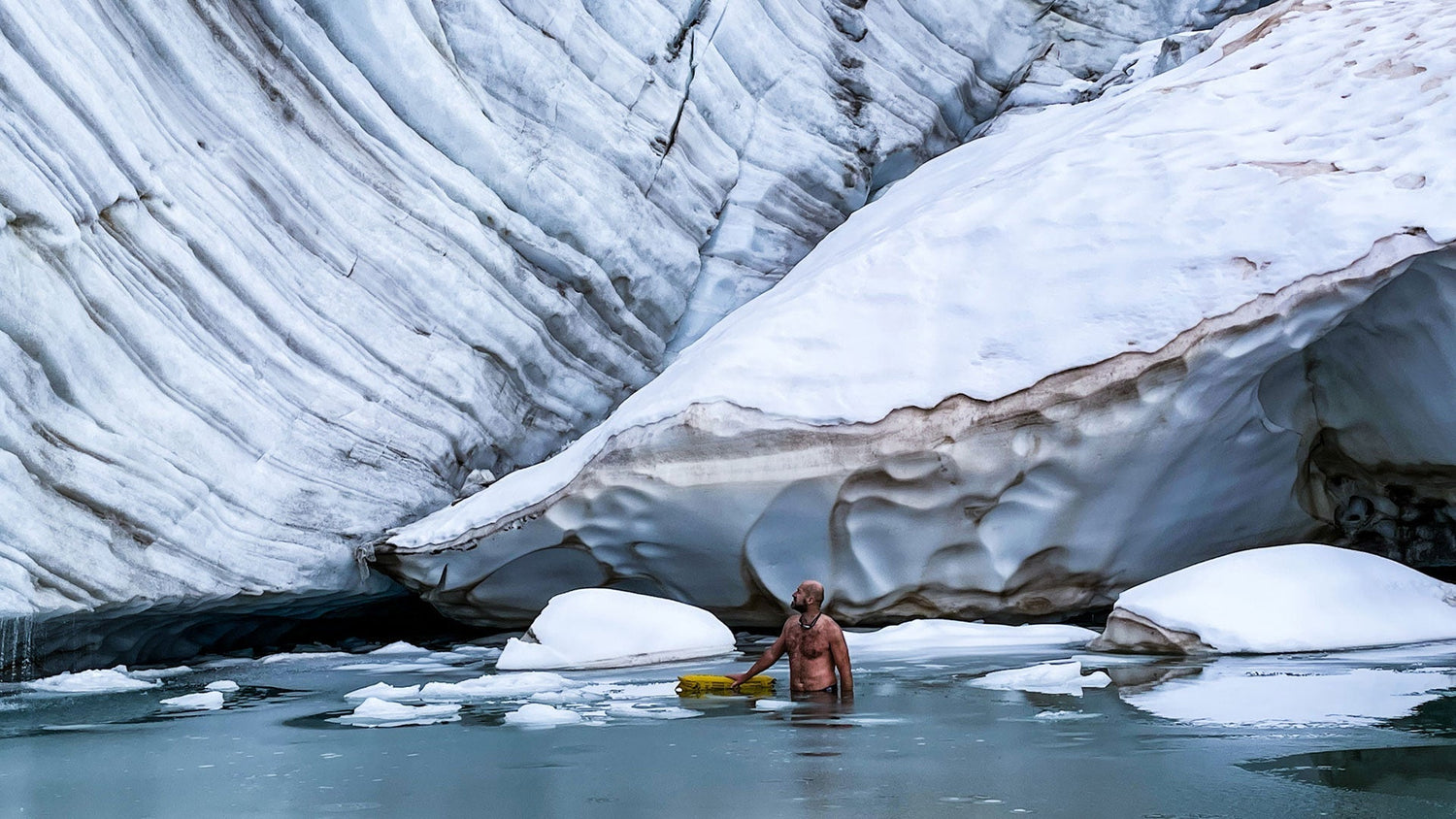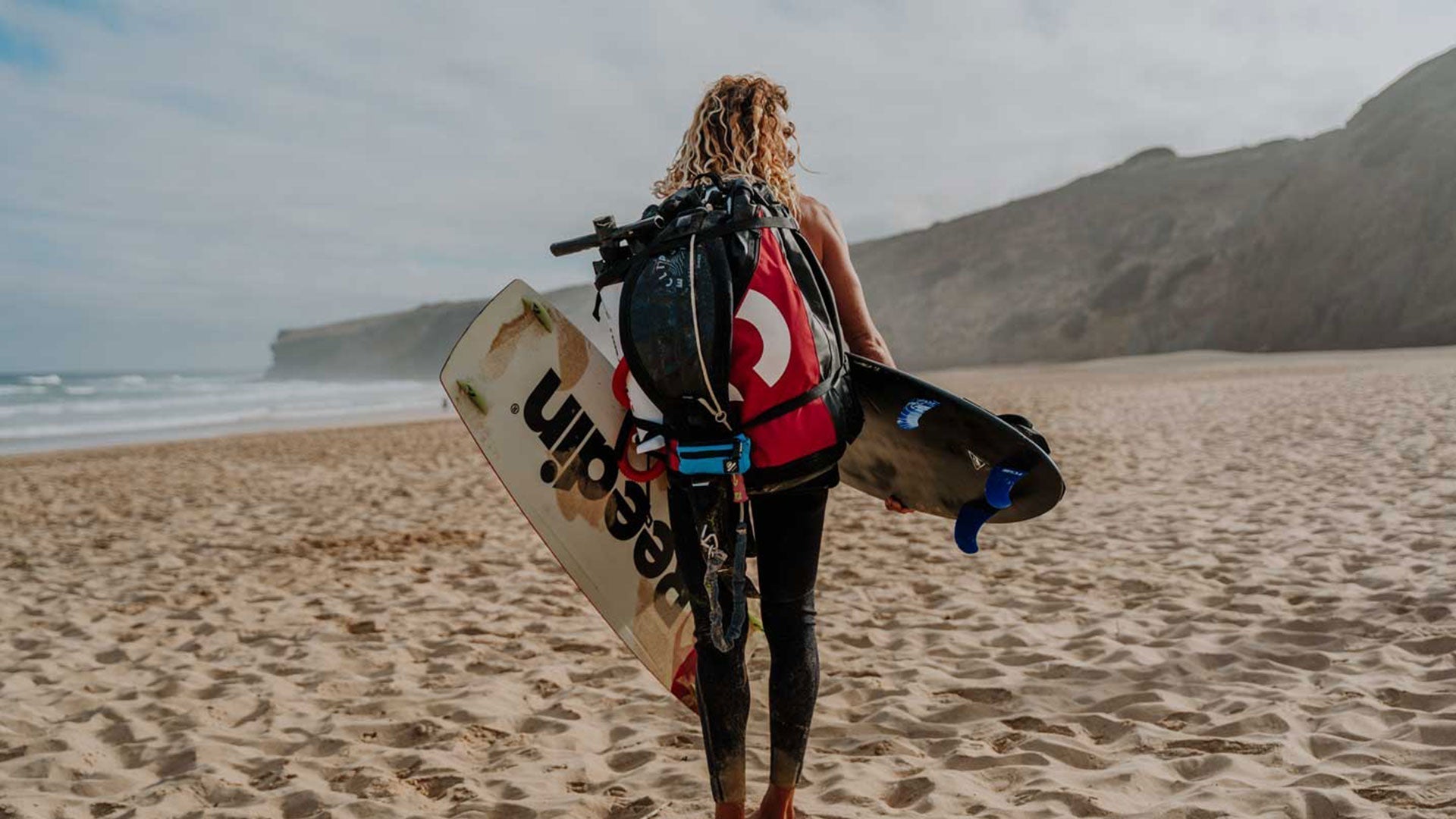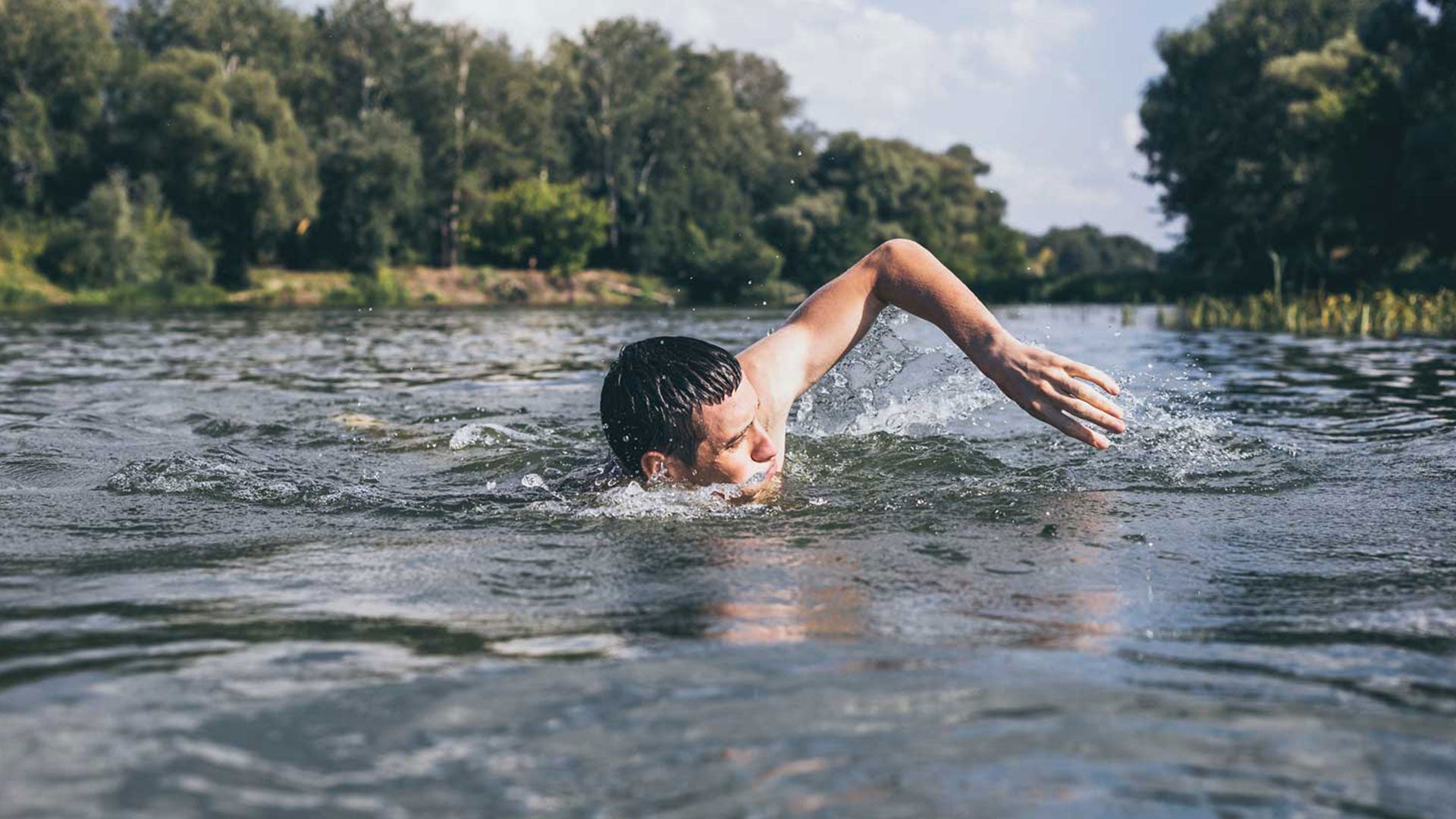Fotocredit Josef Köberl @ Barbara Anderl
Health Insights and Safety Tips for Your Ice Swimming Adventure
In recent years, an unusual activity - ice swimming - has spread around the world and is inspiring more and more people. In this extreme discipline, courageous people dive into ice-cold waters and swim in temperatures close to freezing point. But what exactly is behind this unusual trend and why is it captivating more and more people?
We tracked down the phenomenon of ice swimming and explored the history, health benefits and safety aspects for you. We also introduce you to Josef Köberl, an expert in ice swimming who passes on his knowledge to interested people in courses and training sessions.
The History of Ice Swimming
Ice swimming is not an entirely new activity. In various parts of the world, especially in countries with long, cold winters such as Russia and Finland, people have been practising swimming in frozen lakes and rivers for centuries. In those countries, it served not only as a sporting activity, but also as a kind of test of courage and cultural ritual.
However, the modern trend of ice swimming has gained momentum in recent decades. Today, ice swimming is far more than just a tradition. There are now organised competitions and events around the globe where ice swimmers can compete. These events attract not only experienced athletes, but also increasingly recreational ice swimmers looking for a next level challenge.
Ice Swimming – Your Health Booster During the Cold Months
It may not seem obvious at first, but swimming in ice-cold water offers a wide range of health benefits. And it’s definitely also because of them that ice swimming is becoming increasingly popular.

“Cold water has changed me as a person. I used to be a lot more impulsive, less balanced, focused yes, but I didn't have that strong enduring focus, that mental and physical strength.”
Josef Köberl
-
Strengthened immune system:
Immersion in cold water can stimulate the immune system and boost the production of white blood cells, which is very important for warding off disease. -
Improved blood circulation:
The coldness of the water makes the blood vessels constrict, this is called vasoconstriction. After swimming in cold water, vasodilation occurs, and the vessels dilate again. This change can improve circulation and stimulate blood flow. -
Stress reduction:
Ice swimming requires considerable mental strength and can help to reduce stress and increase mental resilience. -
Increased energy levels:
Many ice swimmers report a lasting energy boost after swimming in cold water that lasts all day. -
Burned body fat:
Being exposed to the cold can stimulate the metabolism and thus promote fat loss. -
Increased resistance to cold:
Ice swimmers develop a higher tolerance to cold over time, and this may well be beneficial in everyday life.
Wim Hof, also known by his nickname 'The Iceman', invented a special breathing technique, called ‘The Wim Hof Method’. It involves repeated rapid inhalation and exhalation followed by a pause.
The Power of Preparedness: How to Stay Safe While Ice Swimming
Although ice swimming offers many health benefits - never forget - it is not without risks! The biggest danger in ice swimming is hypothermia, which occurs when the body loses too much heat and the body temperature drops dangerously.
In order to swim safely in cold water, a number of safety rules must be followed! Below you will find important points to consider.
-
Preparation on land:
Warm up your body with gentle exercises before entering the cold water. Make sure you breathe calmly and evenly. -
Slow acclimatisation:
Beginners should not plunge into ice-cold water immediately. It is advisable to start slowly and gradually get used to the low temperatures. Cold showers can help you with this. -
Constant supervision:
Ice swimming should never be done alone. It is important to have someone nearby who can help you in case of emergency. -
Limited duration:
The time spent in cold water should be limited to minimise the risk of hypothermia. Don't overdo it, have a watch with you and don't go beyond your personal limit. -
Additional buoyancy:
To be prepared for the worst, additional buoyancy is a must. With RESTUBE, buoyancy is discreetly stowed in your pocket and just a pull of the trigger away. If you want permanent visibility and buoyancy at hand, we recommend the SWIM BUOY. -
The Right Equipment:
Neoprene shoes, beanie or swimming cap and gloves protect your body from excessive heat loss.
People with health problems or risks must always consult their doctor before ice swimming. Cold water is not suitable for everyone!
Learn From the Pro!
Josef Köberl is a record-breaking ice swimmer and regularly organises courses and training sessions for anyone who wants to try out ice swimming.
Here you can find information on courses and training sessions with Josef Köberl.
And to make sure you don't miss any updates and news from Josef, follow him on Instagram!
RESTUBE event manager Johanna Hellinghausen had the pleasure of meeting Josef in person at one of his events in 2021 and didn't miss the opportunity and threw herself into the ice-cold water (even if only for a few seconds) 😉
Ice Swimming – Courage, Health, and Community in the Icy Element
Ice swimming is, indeed, a fascinating blend of physical challenge, mental strength, and inner peace. Those who embrace the cold water benefit from numerous health advantages, greater resilience, and a renewed awareness of body and mind. With the right preparation and safety equipment, ice swimming becomes a safe and enriching experience. Whether as a hobby, training, or way of life – this icy passion is captivating more and more people around the world.




